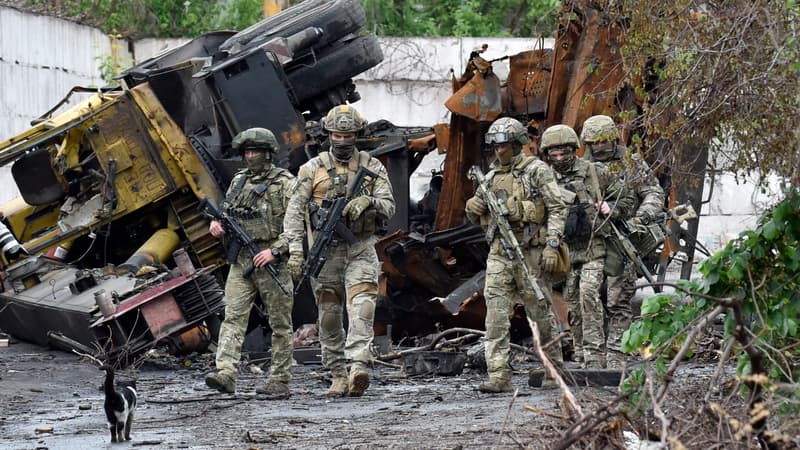The Russian army will reach a workforce of 2.3 million men in January 2023 with the mobilization of 300,000 reservists announced this morning by Sergei Shoigu, Russian Defense Ministry.
An army bogged down in Ukraine for several weeks and every day loses equipment destroyed or recovered by Kyiv. The industry is struggling so hard to produce that Moscow has asked North Korea, Syria and Iran to replenish their weapons stocks. The situation is such that the Russian president has lectured his industrialists to speed up weapons production, reports the Russian site Ria Novosty.
The Russian president demands that manufacturers increase production capacities and modernize factories to produce more, faster and better. He also asks manufacturers to find the means to produce in Russia the materials and components usually imported, some of which are affected by shortages or embargoes according to UN resolutions.
An industry dependent on the West
The necessary microprocessors are produced mainly by Taiwan and South Korea and are often designed by US industry, and Russia currently does not have an electronic component production site on its territory.
According to New York Times, the Russian army also suffers from a maintenance deficiency that, due to lack of components, does not allow it to repair and maintain its weapons and vehicles. According to a report published in early September by Conflict Armament Research, an independent British-based group that identifies and tracks weapons and ammunition used in wars around the world, Russian equipment relies on foreign technologies.
It is possible that Russia’s military situation will not be improved by recruiting hundreds of thousands of new fighters. But worse still, it could benefit Ukraine, whose international aid, particularly from the United States, is intensifying.
In late August, Joe Biden announced new military aid to Ukraine worth $3 billion in weapons and equipment. Another fund that allows the US president to order the transfer to Ukraine of weapons, materiel and equipment from existing stocks. The US ambassador to Ukraine, Bridget Brink, considers that the mobilization of 300,000 reservists is a “sign of weakness, of Russian failure.” In a message posted on Twitter, she says the United States will “continue to support Ukraine for as long as it takes.”
Recruits that need to be trained
For Michel Goya, the material problem is not the most important. The crucial point remains the training and supervision of these troops.
Source: BFM TV


